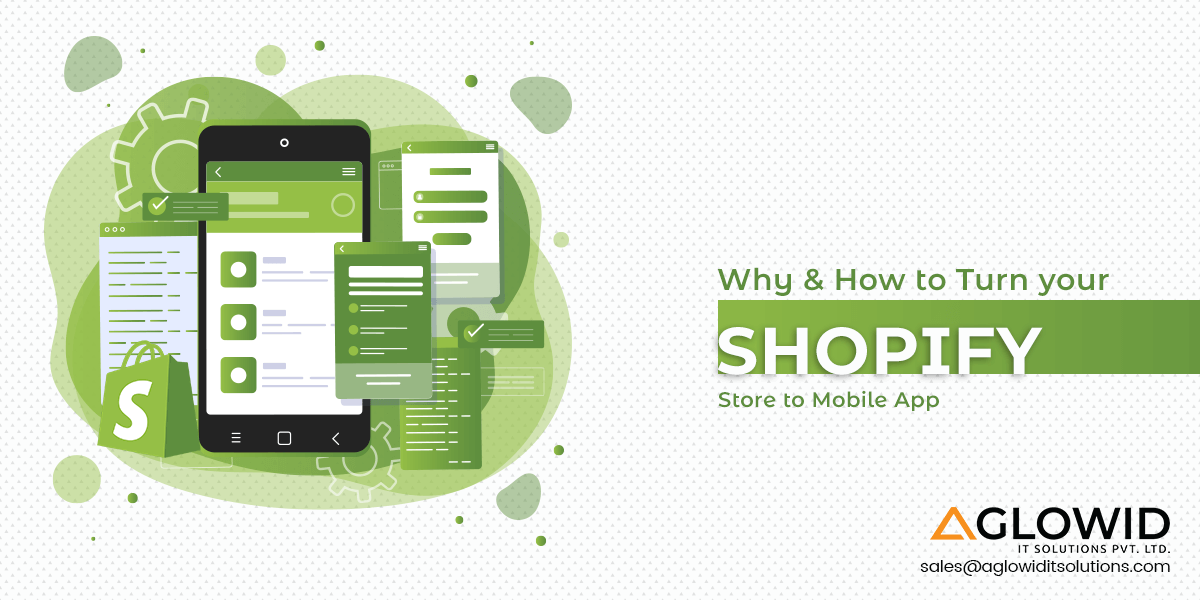
10 Proven Ways to Increase Traffic to Your Shopify Store
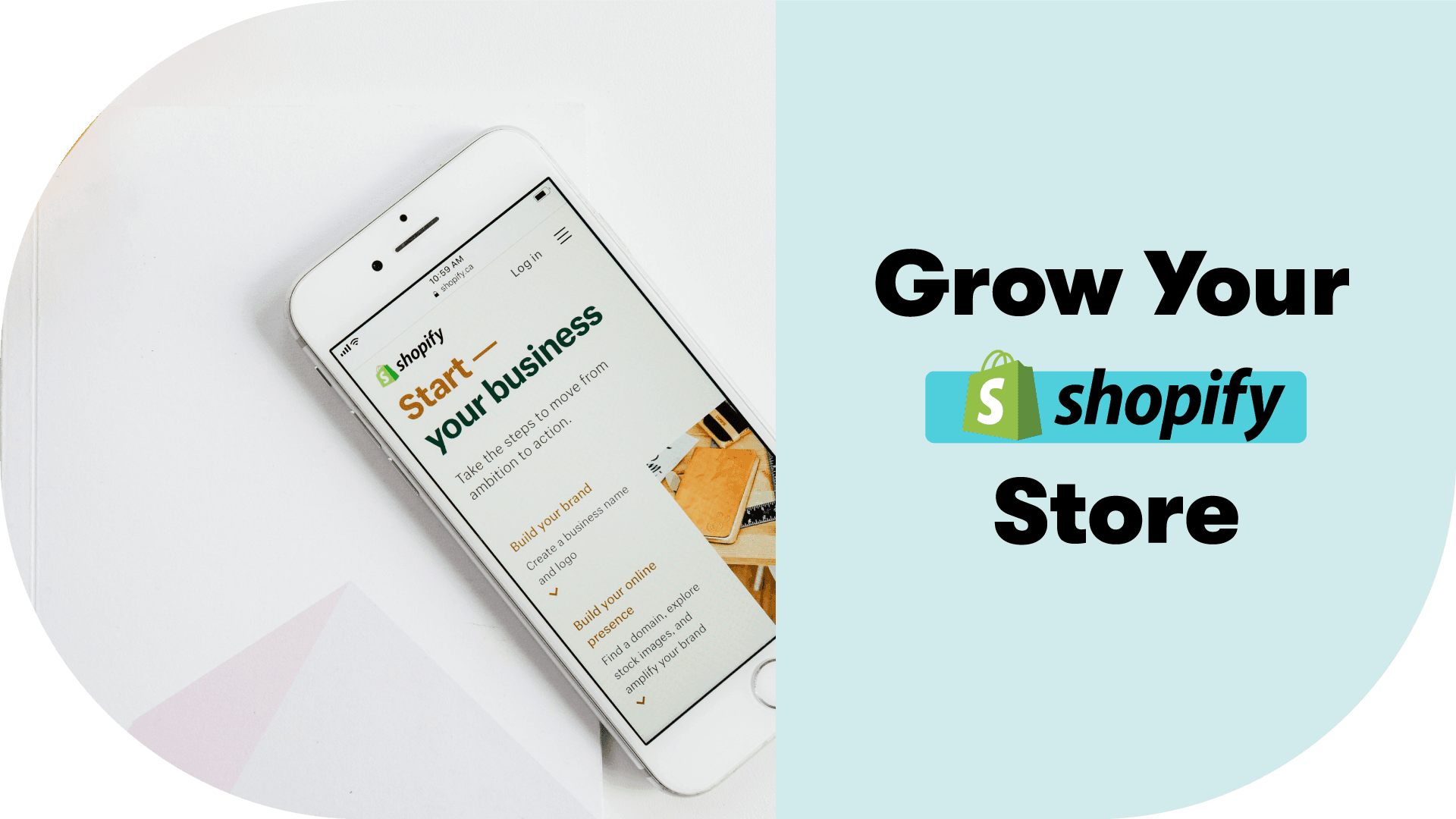
Every successful eCommerce business has mastered the art of driving a steady flow of quality traffic to its website.
But the story is different for most small and mid-sized businesses. Some hit a plateau. Others fail to drive enough traffic (and sales) needed to stay afloat.
Ecommerce sales totaled $4.28 trillion in 2020 and the market isn’t showing any signs of slowing down soon. To take advantage of this growth, you need:
- A robust eCommerce platform
- A great product and
- Quality traffic
If you have a Shopify store, you’re already halfway there. But getting the second one isn’t that easy. So, we’ve put together this useful guide that covers 10 proven ways to build a flow of traffic to your Shopify store.
Let's dive in.
1. Run a paid ads campaign
Paid ads (search ads and social media ads) are one of the quickest ways to target your ideal audience and drive traffic to your online store. They put your brand directly in front of people who are most likely to buy your products — on social media channels and search engine results pages (SERPs).
Once you select the channel, define your ideal audience based on demographics, interests, search intent, location, purchase history, etc. Then set a budget, and your ad will be displayed to your intended audience until your budget gets used up.
Here are some of the best platforms to consider:
Google ads - use all the types of Google ads at your disposal (search ads, display ads, Google Shopping, and YouTube ads) to showcase your products to online audiences. Google allows you to bid on relevant keywords/search terms of your choice on each channel, which affects your ad placement with respect to other advertisers.
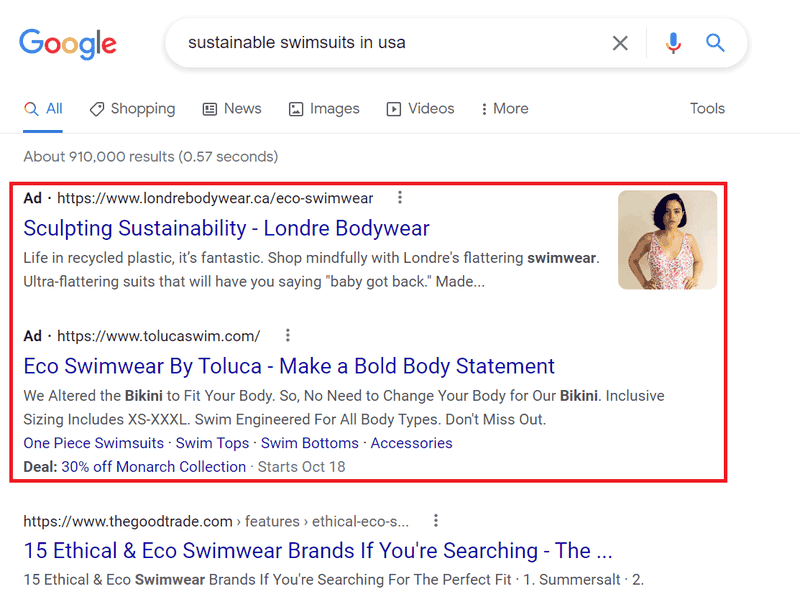
Facebook ads - No matter how niche your business might be, you’re sure to find potential shoppers among Facebook’s 2.85 billion users. The platform allows you to target potential customers based on interests, location, behaviors, etc.
Facebook also allows you to retarget previous visitors to your online shop with Dynamic ads, which significantly improves your conversion rates.
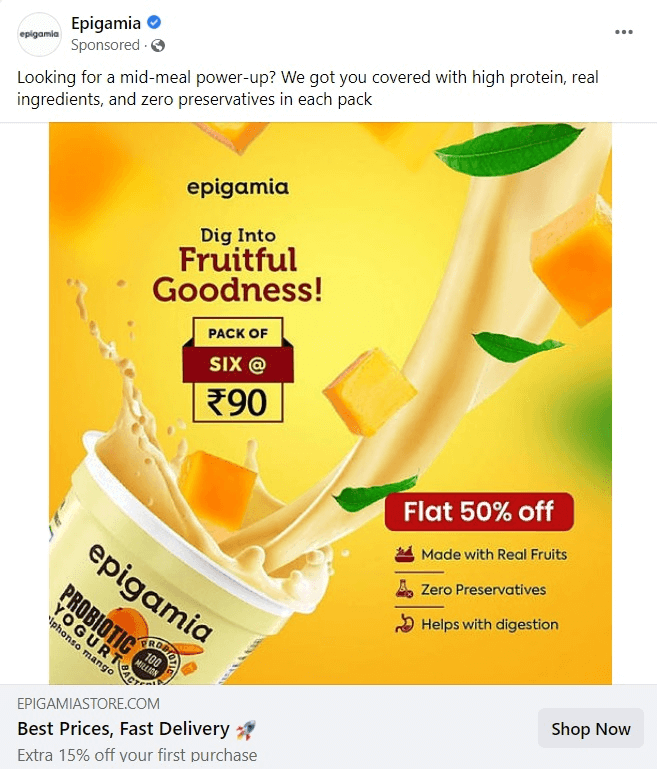
Instagram ads - 90% of Instagram users follow at least one business account, so this is a great opportunity for you to drive more traffic to your Shopify store. Sign up for an Instagram Business account and start connecting with your target audience via photo, video, stories, and carousel ads.
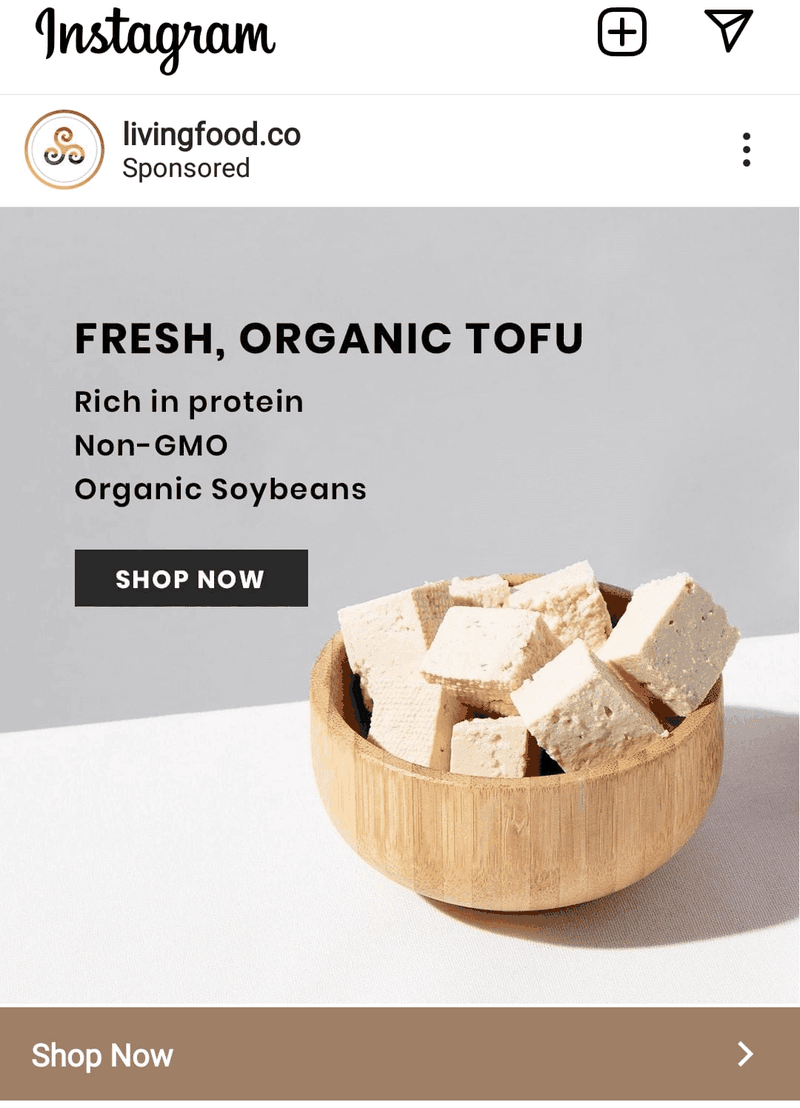
Want to launch some ads but not sure where to start? Talk to one of our top-notch Shopify agencies. Look on that list to find one with proven experience in your niche.
2. Launch a contest or giveaway
You can quickly generate hordes of inbound traffic to your eCommerce shop using contests and giveaways. Offer free goodies and discounts and team up with other brands or influencers to get even more exposure.
For example, Coconut Bowl got 41K email leads and 37K social media followers in four weeks from a viral Instagram giveaway that cost them less than $1,000.
To get the most out of your contests and giveaways:
- Think about which potential customer segment(s) you want to attract and engage. Find out what they value and which influencers they trust.
- Ask users to submit their email addresses to participate. These will come in handy when you run promotional email campaigns in the future.
- Tools like Gleam, VYPER, Woobox, or contest apps on the Shopify App Store can help you embed contests into blog posts or landing pages on your store. Encourage sharing on social platforms as a participation method to increase the chances of your giveaway going viral.
- Promote your giveaway with social media ads and influencer marketing.
3. Team up with other brands
Branded giveaways are great. But partnering with other established brands and tapping into their customer base can sometimes be even better.
The goal is to work with brands that target a similar demographic but aren’t your competitor. For example, if you sell outdoor equipment, you can team up with an outdoor apparel brand. Or if you sell couches, you can team up with a candle manufacturer and an interior design firm.
Social media platforms like Instagram and LinkedIn are great for spotting brands to partner with. Alternatively, you can use a tool like DojoMojo. Pick the right partner from their network based on their social media following, location, and past performance details. Next, flesh out a collaboration plan and reach out to potential partners directly on the platform.
With proper planning and the right execution, co-branded giveaways will bump your Shopify store traffic.
4. Reach out to bloggers and the press
Studies show that 55% of consumers have growing concerns about the customer experience, and only 34% trust the brands they use. That’s why it’s a good idea to use influencers, people that consumers trust, to promote your products.
You can also use bloggers who have established themselves as genuine authority figures in their niche. Associating with them can not only help you build trust, but also drive up sales and traffic to your online store.
Here are some general tips:
- Expert roundups - Reach out to expert bloggers for their ideas, opinions, and tips that you can feature in a blog post. Publish their insights/quotes and link back to their sites. Then, ask them to share the post with their audience.
- Product reviews - Send out free samples of your products and ask them to share honest reviews about your products on their blog and social platforms. Do this a few months ahead of BFCM to give yourself time to ramp up.
- Find affiliates - Set up an affiliate program and ask influential bloggers in your niche to enroll. Offer them an affiliate commission to incentivizes them to create quality content that drives more traffic to your store.

The key to effective blogger outreach lies in providing value, so make sure you clearly communicate what’s in it for them.
Another great way to drive traffic to your online shop is to get press coverage. If you have any interesting stories to share about your brand or products, reach out to relevant journalists and press contacts. Check out the tool called PressHunt, it’s a huge database of journalists and bloggers that you can reach out to.
5. Leverage influencer marketing
Leverage the creativity and trust established by social media influencers to drive referral traffic to your Shopify store. Collaborating with authentic influencers in your niche (with a sizable following) can help you quickly establish trust in your brand.
For example, Karen (who goes by @themiddleagedblogger on Instagram) is a popular lifestyle influencer. Her content generates a lot of engagement, which makes her a great partner for lifestyle brands like Femfresh, Ariel, or Tower Housewares.
Here are some tips to get better results from your influencer marketing campaigns:
- Determine which influencers are right for you. It’s best to collaborate with micro-influencers (having between 10,000 and 100,000 social media followers) in your niche. They usually have a tight-knit community of loyal followers with moderate to high engagement. Don’t go for macro-influencers, their audiences are too broad, and working with them can get very expensive.
- Look at their engagement. Ideally, you want to find an influencer with a decent reaction to comment ratio. Also, look at the quality of comments on their posts. Work with an influencer who gets a lot of thoughtful and meaningful comments (not just one-word comments and emojis).
- Free products aren’t going to cut it. Offer fair compensation to your influencers. This could be a fixed fee for every Instagram post or product review. Or share unique discount codes with them that allow them to earn a commission on every sale generated by their content.
- Give them creative freedom. Influencers understand their community better than anyone, so don’t micro-manage (pun intended) their content creation process. Share your brand guidelines and let them craft their own content strategy.
6. Create a video channel
Up next - video content. Here’s an amazing story for you.
When Nu-Era Bakery casually uploaded an origin story video to their Facebook page, they had absolutely no idea of what might happen next.
The video received over 1600 comments, 4000 shares, and several inquiries from potential customers. The massive interest compelled them to open a Shopify store in just a few days and they ended up selling $2,200 worth of pepperoni rolls in 1 week.
That’s the power of video content. It allows you to tell captivating stories that hook your customers.
Create a YouTube channel and start posting engaging video content to drive more traffic to your Shopify store. Here are a few video ideas to consider:
- Show your users how to use your products
- Tell a fascinating story about how your products are made
- Showcase testimonials from happy customers
- Create entertaining videos that make your audience smile
So first, create a solid content marketing strategy and solidify your video ideas. Then start creating any videos. And remember, consistency is the key. Viewers will flock to your channel if you can churn out useful, original content regularly.
7. Optimize your store for organic traffic with SEO
Don’t want to depend too much on paid ads? No problem. Check out SEO.
Search engine optimization (SEO) is the only real way to get high-quality organic traffic in the long term.
Here are a few SEO basics you should keep in mind:
Keywords - Use a keyword research tool like Ahrefs or Semrush to pick relevant keywords with low competition and moderate search volumes and create your content around them.
Use these keywords in your headlines, product descriptions, blog titles, subheadings, and blog content. Also, throw in some long-tail keywords into the mix as these are great at driving traffic.
Meta-descriptions - Write short, concise meta-descriptions for your web pages and sprinkle your keywords into them.
Page speed - Since Google is obsessed with providing an optimal user experience, faster-loading pages rank higher. Speed up your web pages by compressing your media files, removing clunky CSS and JavaScipt codes, and using a CDN. Check your website’s page speed using Google PageSpeed Insights.
Image optimization - eCommerce websites have a large number of images in them. Ideally, you should use high-quality images with smaller file sizes. Don’t forget to write proper alt text for your images. Also, get rid of all the broken image files and clean up your links.
8. Launch a chatbot
Most visitors press the back button on a website when they can't find what they are looking for. And once they are gone, they won’t come back.
If you want repeat visitors to your website, engaging them with a chatbot is a good idea.
Chatbots are programs designed to answer your visitors' questions. If a user wants some product information, links, or support, a chatbot can assist them 24/7. This helps you create a consistently positive user experience, even while you sleep!
Michael Kors, the popular fashion brand, launched a Messenger chatbot that has gained a total of 375,000 users and an average containment rate of 98.32% (rate of users that completed the entire transaction without needing a live human agent).
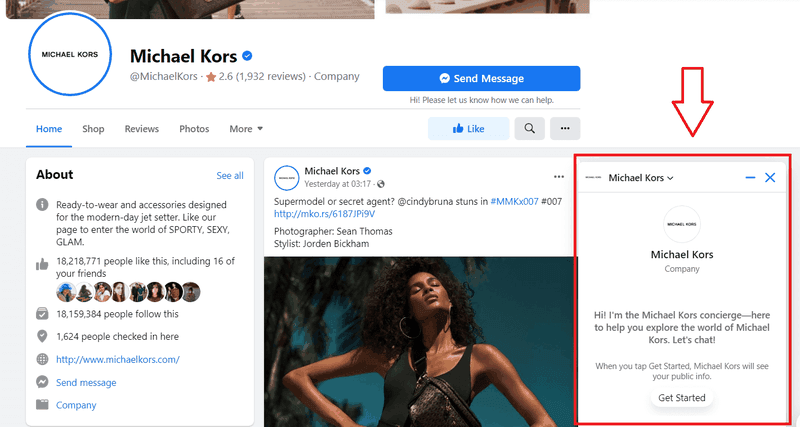
You can use chatbot builders like WotNot and Chatfuel that require zero coding or hire a developer to build your own chatbot.
9. Publish guest posts on other sites
Guest posting may give you low returns initially, as far as traffic is concerned. If you expect tons of traffic right after your guest post goes live, you may be disappointed. In most cases, you may see a small traffic bump.
But guest posts are great for building visibility among audiences of influencers and other leading brands. Once you seize these opportunities, your brand can become a household name over time.
Here are some tips on how to write effective guest posts:
- Know your audience. Understand what they want, what inspires them, and what problems they face.
- Find the right publications. Use Google search or BuzzSumo to find reputable blogs whose audiences are likely to be interested in your products.
- Write posts worth reading. Write something that the audience may find useful. Good guest posts make way for future opportunities. If the target publication allows it, add a link to your Shopify store without being overly promotional.
- Be patient and consistent. Guest posting is a long game. Have a strategy in place and publish guest posts frequently.
10. Grow your email list
Growing your email list is one of the best ways to drive traffic to your store. The main benefit is that you own your email list and no algorithm changes on Google or social media platforms can take away the fruits of your labor.
As an eCommerce marketer, you should tie most of your traffic-building and marketing efforts to your list. If you run a giveaway, for example, collect as many emails addresses as possible and then set up email flows to retarget those users.
Once you have a big enough list, send relevant content, offers, and news to your email subscribers.
